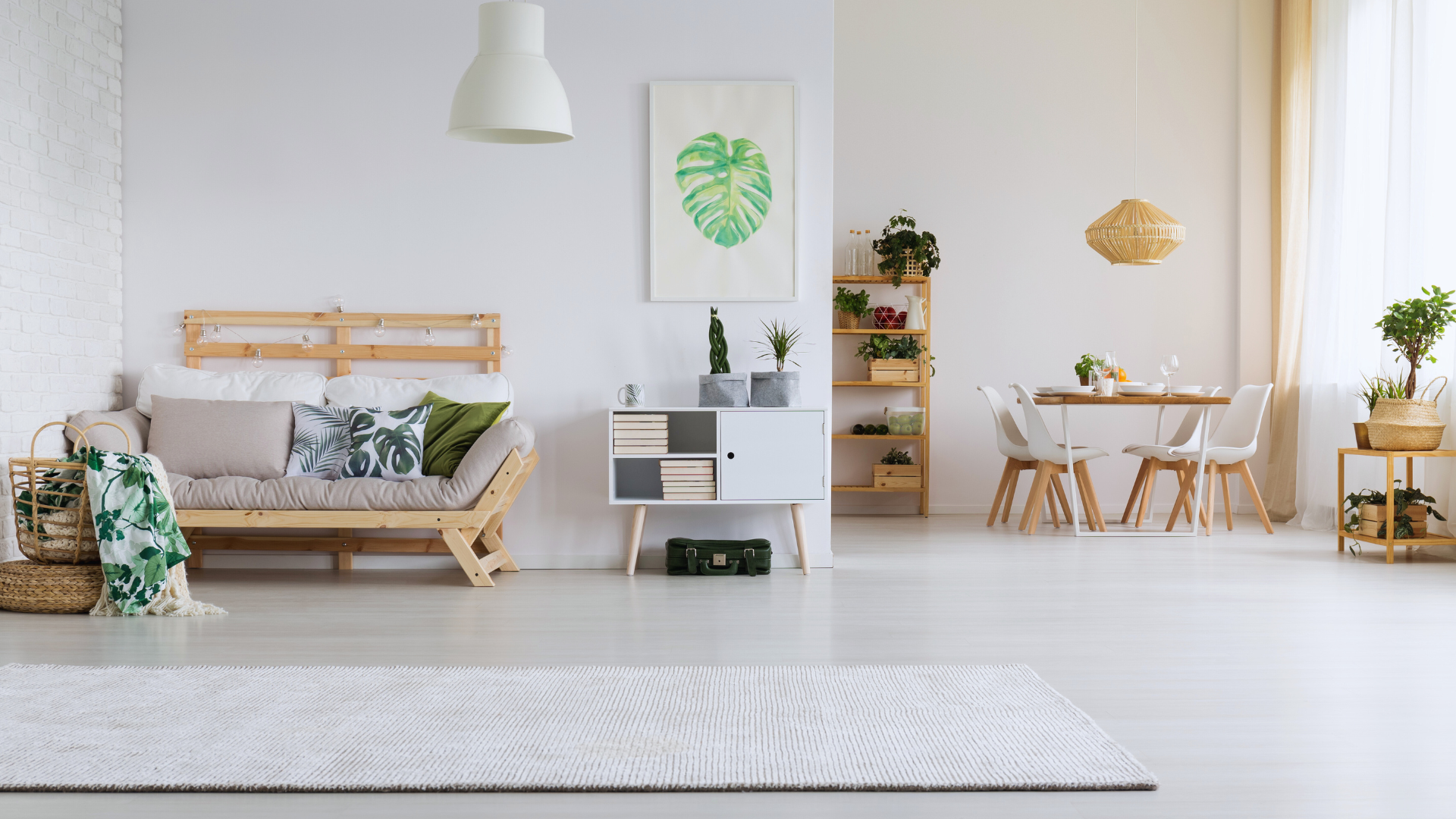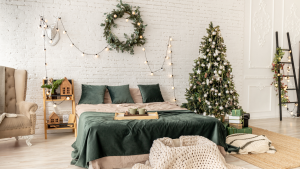Moving into a new home can be both exciting and daunting, especially when working with a tight budget. With creativity and resourcefulness, it’s entirely possible to create a beautiful and welcoming space without overspending. Understanding how to prioritize needs and make smart purchasing decisions can significantly impact the overall look of the home.
Exploring secondhand shops, DIY projects, and budget-friendly decorating tips can lead to stunning results. Homeowners can transform their spaces by focusing on key areas such as paint color, furniture arrangement, and the use of personal décor items that reflect their style.
The journey of decorating a new home need not strain finances; instead, it can be an opportunity for personal expression and creativity. By employing strategic methods and tools, anyone can achieve a sophisticated look while remaining within budgetary constraints.
Establishing a Budget and Decluttering
Effective decorating begins with a clear budget and a decluttered space. These foundational steps allow for strategic spending and ensure that the new home feels organized and inviting.
Assess Your Finances
To create a realistic budget, one must first evaluate their financial situation. This involves reviewing income, monthly expenses, and any potential savings for home decoration.
Key Steps:
- List Income Sources: Document all sources of income, including salary, freelance work, or rental income.
- Track Expenses: Identify fixed and variable expenses to understand where savings can arise.
Setting a strict budget gives clarity on how much can be allocated for furniture, decor, and accessories, ensuring spending does not exceed capabilities.
Prioritize Spending
Once a budget is in place, identifying priorities is crucial. Focusing on essential items first, such as furniture and lighting, ensures that the most important aspects of the home are addressed.
Considerations:
- Must-Have vs. Nice-to-Have: Create a list categorized into essential purchases and optional decor. This helps in allocating funds efficiently.
- Research Deals: Look for local sales, online discounts, or second-hand options to stretch the budget further.
By prioritizing expenditures, she can make informed decisions that enhance the overall look without overspending.
Decluttering Before Decorating
Before decorating, decluttering plays a pivotal role in creating a fresh environment. It involves removing unnecessary items, which not only clears physical space but also reduces feelings of overwhelm.
Decluttering Tips:
- Room-by-Room Method: Tackle each room individually to avoid distraction.
- The Four-Box Method: Use boxes labeled “Keep,” “Donate,” “Sell,” and “Trash” to categorize belongings efficiently.
A decluttered space enhances the impact of new decor. It makes each item stand out and contributes to a cohesive and polished look.
Sourcing Affordable Home Decor
Finding stylish and affordable home decor requires strategic shopping. Exploring thrift stores, yard sales, and clearance sections can yield significant savings while adding character to a new home.
Shopping at Thrift Stores
Thrift stores offer a wide array of inexpensive decor items. These stores often carry unique pieces that add personality to any space.
When searching, it is helpful to visit multiple locations. Each store has its own inventory, and variety ensures better chances of finding desirable items.
Tips for shopping:
- Check local store hours.
- Inspect items carefully for damage.
- Be patient; great finds often require multiple visits.
Decorative items like picture frames, vases, and lamps can often be purchased for a fraction of their retail price.
Making the Most of Yard Sales
Yard sales can be treasure troves for budget-conscious decorators. Neighborhood sales frequently feature furniture, decor, and useful household items.
To make the most of yard sale shopping, arrive early to find the best selections. Bring cash to negotiate prices effectively.
Keep in mind:
- Scan for branded or quality items.
- Always negotiate for a better price.
- Look for hidden gems that can be repurposed.
A creative eye can transform second-hand items into statement pieces around the home.
Finding Clearance and Discounted Items
Retailers frequently have clearance sections that offer significant discounts. These sections can lead to high-quality decor at accessible prices if one knows where to look.
Online shopping can also reveal deals. Websites often have specialized clearance categories. Subscribing to email lists can provide notifications of upcoming sales.
Strategies for effective shopping:
- Compare prices online and in-store.
- Use coupons or promotional codes.
- Shop during seasonal sales for the best prices.
By being proactive, one can furnish their home affordably without sacrificing style.
Creative Decorating Strategies
Budget-conscious decorating can be both creative and rewarding. By embracing DIY projects, repurposing items, and using slipcovers, anyone can achieve a personalized and stylish home without overspending.
DIY Projects for Personalization
Engaging in DIY projects allows individuals to infuse their unique style into their homes. Simple tasks such as painting furniture, creating wall art, or crafting decorative pieces can make a significant impact.
Tips to Consider:
- Paint: A fresh coat can transform outdated furniture and create a modern look.
- Wall Art: Use canvases or reclaimed wood to create personal art pieces that reflect interests or experiences.
- Accessorize: Handmade pillows or throws can add a cozy touch and enhance overall decor.
These projects not only personalize spaces but also provide a sense of accomplishment while saving money.
Repurposing Items for New Uses
Repurposing items is an effective way to create a refreshing decor without incurring extra expenses. Many everyday items can be transformed into decorative elements.
Ideas for Repurposing:
- Old Jars: Use them as vases or storage containers.
- Suitcases: Vintage suitcases can serve as stylish side tables or storage solutions.
- Wood Pallets: Convert pallets into shelves or coffee tables.
This approach not only saves money but also adds character to the home through creativity and resourcefulness.
Using Slipcovers to Refresh Furniture
Slipcovers provide a simple way to rejuvenate furniture. With a variety of styles and colors available, they can adapt to seasonal changes or personal preferences.
Benefits of Slipcovers:
- Protective Layer: They shield furniture from wear and tear.
- Easy Cleaning: Slipcovers can be easily removed and washed.
- Cost-Effective Update: Instead of buying new furniture, a slipcover can refresh a room’s look affordably.
Choosing slipcovers allows individuals to maintain a fresh aesthetic while sticking to a budget.
Cost-Effective Design Enhancements
Affordable upgrades can transform a new home, allowing for personal expression without breaking the bank. Small changes in lighting and the use of fresh flowers can significantly enhance the overall atmosphere.
Improving Lighting on a Budget
Good lighting elevates a space and can change the perception of size, color, and ambiance. Start by replacing outdated bulbs with energy-efficient LED options. They are available in various warmth levels and can mimic natural light.
Consider using table and floor lamps to create layered lighting. Instead of expensive fixtures, check thrift stores or online marketplaces for unique, affordable finds.
String lights or clip-on lamps can also add an inviting glow to living areas. For outdoor spaces, solar-powered lights provide an eco-friendly and inexpensive option. This focus on lighting maximizes impact without excessive costs.
Decorating with Fresh Flowers
Incorporating fresh flowers into home décor is an effective way to introduce color and vibrancy. Seasonal blooms can be found at local markets or grocery stores at reasonable prices.
Create simple arrangements using everyday jars or recycled containers. Mix different types of flowers and greens for texture.
Grouping flowers in clusters can make a more significant impact than scattered single stems. Regularly changing the arrangements keeps the decor fresh and aligned with the season. She recommends using flowers that last longer or those that are easy to maintain to save on replacement costs.




